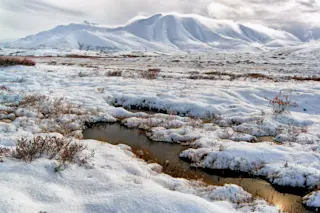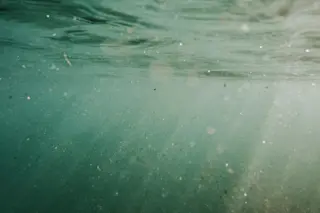Ecologist Maira Nurkisheva is driving over what was once the northern shore of the Aral Sea, a vast inland lake straddling the border between Kazakhstan and Uzbekistan. Rusting abandoned ships dot the sandy seabed. Some have been scavenged for scrap metal; the others provide shade for irritable herds of Bactrian camels. There are few other signs of life. When we reach the nearby village of Birlistik, which used to overlook a bay on the sea, we see that its mud-walled huts now face an insecticide-laced desert, filled with tumbleweeds and toxic shrubs, that stretches as far as the eye can see. Yet the villagers all speak enthusiastically of the boget, or dam, that is part of the grand waterworks project for which Nurkisheva is a consultant. Fifteen-year-old Parxhat Kutmanbetov explains in Kazakh, and Nurkisheva translates: "I've never seen the sea. But now I am sure the sea is coming back."
...














